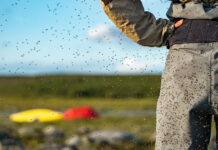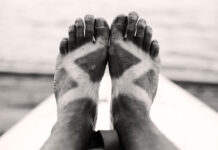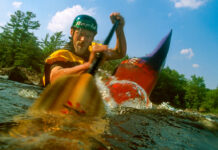This July I made my usual stop at the Burger Bus, just south of Bancroft, Ontario, on the way to the Gull River Festival. The Bus is right beside Dimples Mini-Putt. It was hot and there was no one on the course, so while I waited for my dinner to fry I wandered over to see if the resident pro would let me have a crack at the fourth hole.
When Peter Karwacki and his family, also on their way to the Gull, rolled into the parking lot, I wasn’t hard to spot—skinny man bent over a child’s putter ricocheting balls off a spinning windmill in front of a truck stacked with boats.
I had seen Peter a week earlier at the 19th Kipawa River Rally. As I toyed with the putter, Peter told me he was pleased that 640 people had paddled the Kip during the rally, meaning Les Amis de la Rivière Kipawa had raised some money to continue their struggle. Despite their ongoing efforts, the Kipawa River will soon fall victim to the one-two combination punch of a nearby hydro project and dam reconstruction. The Kipawa River will never be the same river again.
“I had never paddled a river for the last time before.”
When I realized I’d never paddled a river for the last time before I started calling friends who I knew were on the Kipawa last weekend with a camera. The photos taken at this year’s Kipawa River Rally may be the last documentation of me on this classic run; more importantly, these will be the last photographs of the river as we know it.

As I was sorting through this year’s “Photo Annual” submissions I thought a lot about the Kipawa and began to think about each photograph as a historical record of a river—how each one looked at a moment in time, say at high water, or in drought, or before thousands of cubic yards of concrete were poured into it.
Almost 10 years ago the Colorado River ran at high water levels, levels no one had seen for 40 years, except in pictures. To help build beaches and habitat in the Grand Canyon, water managers released an artificial flood from the Glen Canyon Dam to mimic the high flows of historical spring runoffs. The last two generations of raft guides had no clue what to expect. Commercial rafting companies and private paddlers with permits scrambled through black and whites photo archives from the early 1960s in search of the old high water lines. I wonder if in 40 years, paddlers will be asking me for pictures of the Kipawa.
Friends in an unequal fight
Peter isn’t sure about what the next move of Les Amis will be. He sighed, thanked me for Rapid’s editorial coverage of the issue through the years, but admitted, “Quite frankly Scott, I’d rather have had the coverage in the Globe and Mail.”
I joked with him, suggesting that maybe Rapid should just buy the newspaper. He laughed, waved, and drove off to the river with his family.
A whitewater magazine buying a national daily newspaper is about as likely as a band of old-school river runners stopping a Hydro-Québec project or me getting a hole-in-one on Dimples’ windmill-choked fourth hole. But, I thought to myself teeing up another ball, it doesn’t mean we should stop trying.
An artificial flood from Arizona’s Glen Canyon Dam led paddlers to comb through records from the past. | Feature photo: Vicente Villamón/Flickr



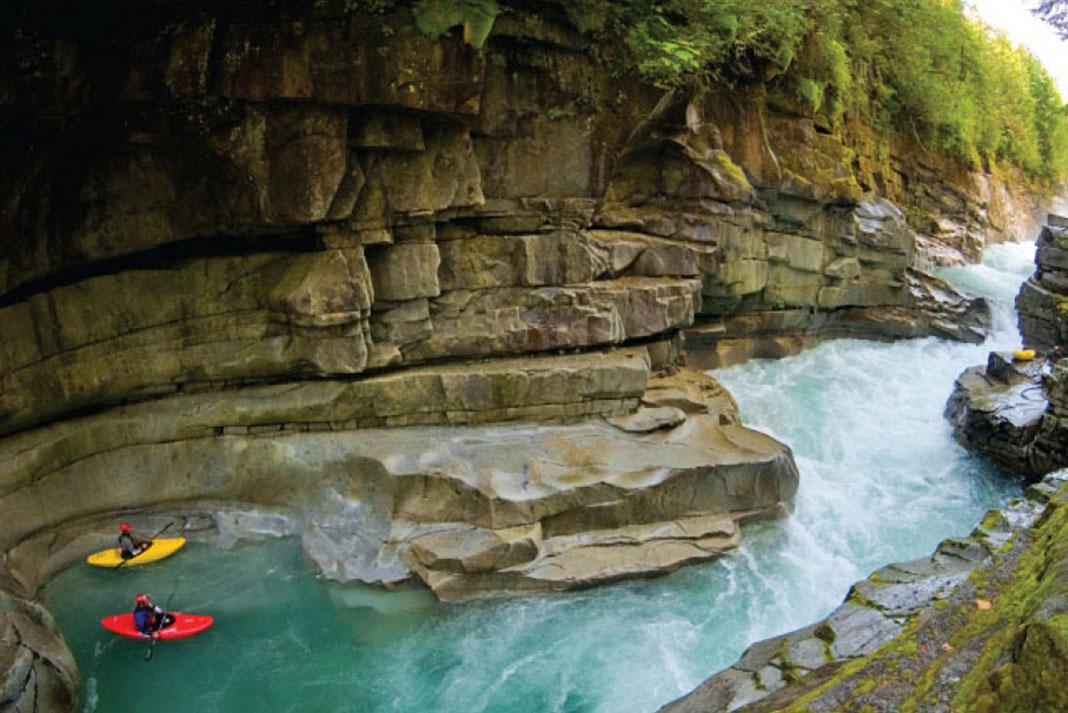
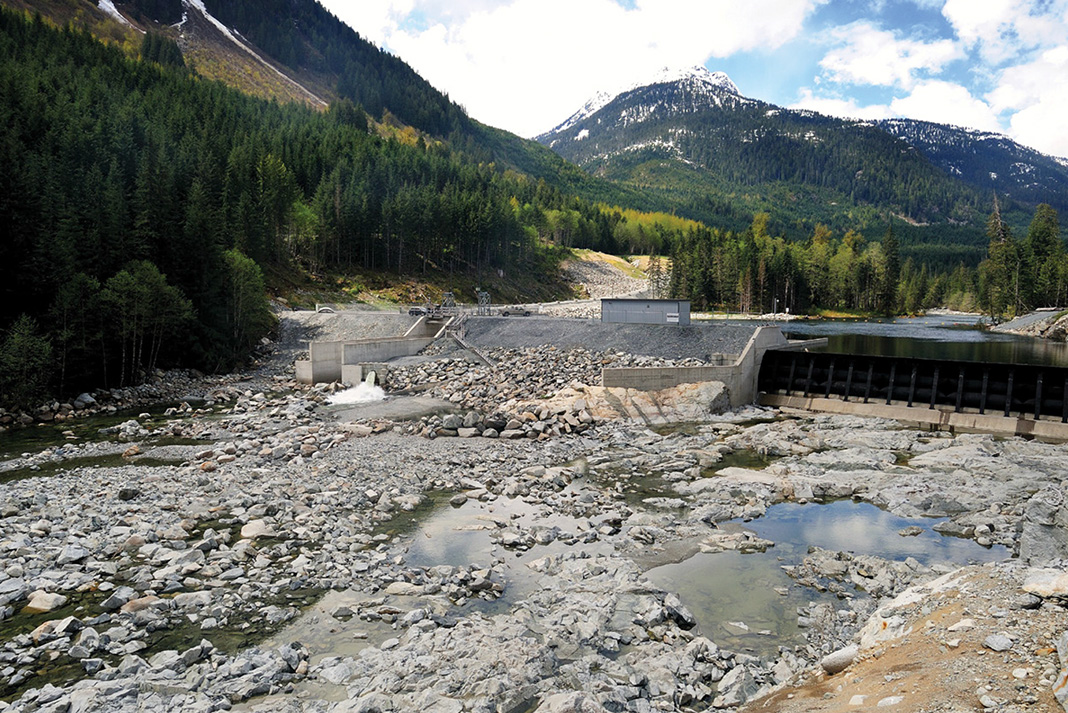
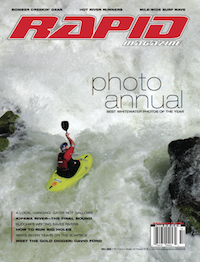 This article was first published in the Fall 2005 issue of Rapid Magazine.
This article was first published in the Fall 2005 issue of Rapid Magazine. 